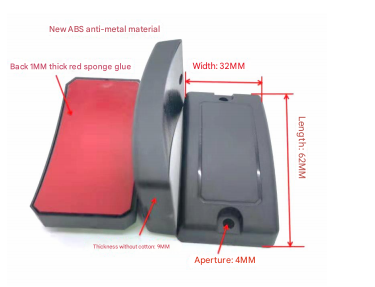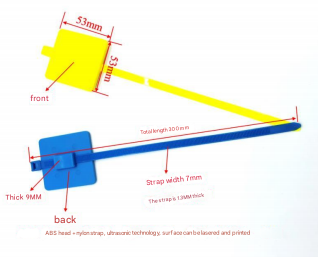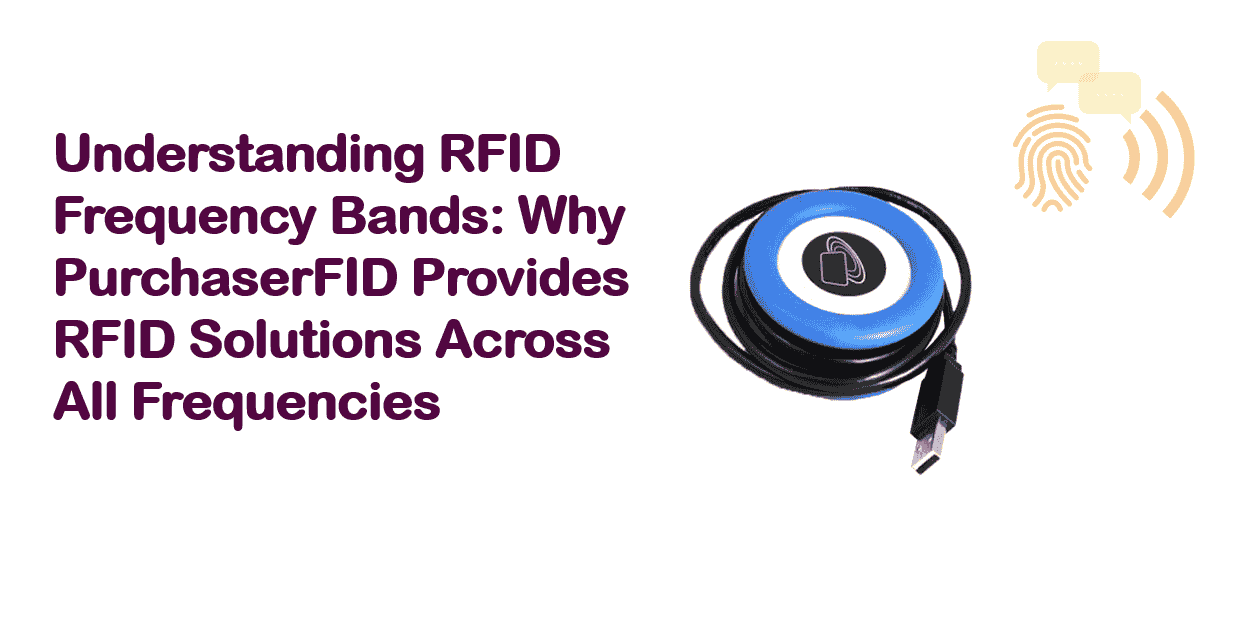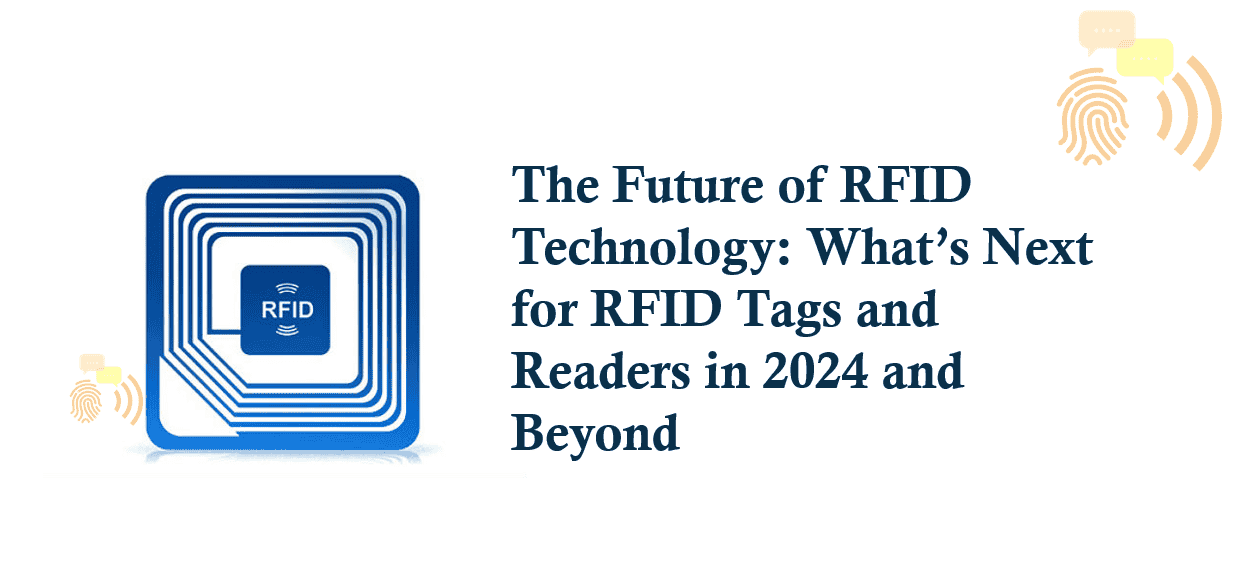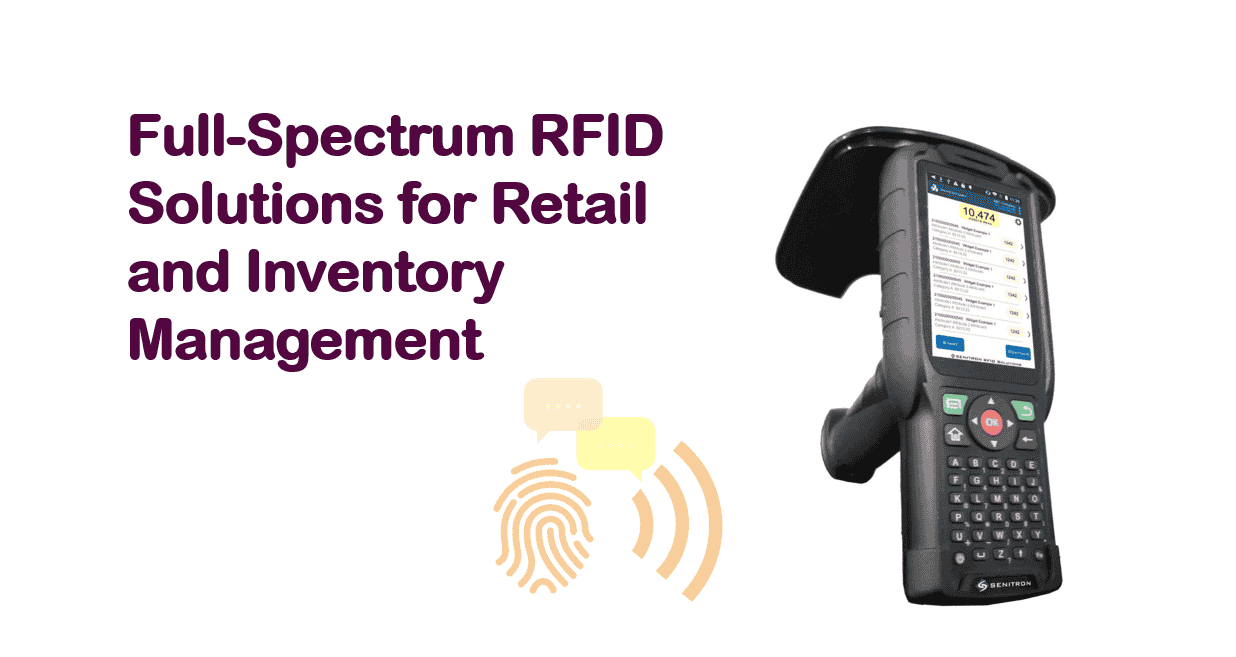Scaling RFID reader networks: synchronization and handoff strategies
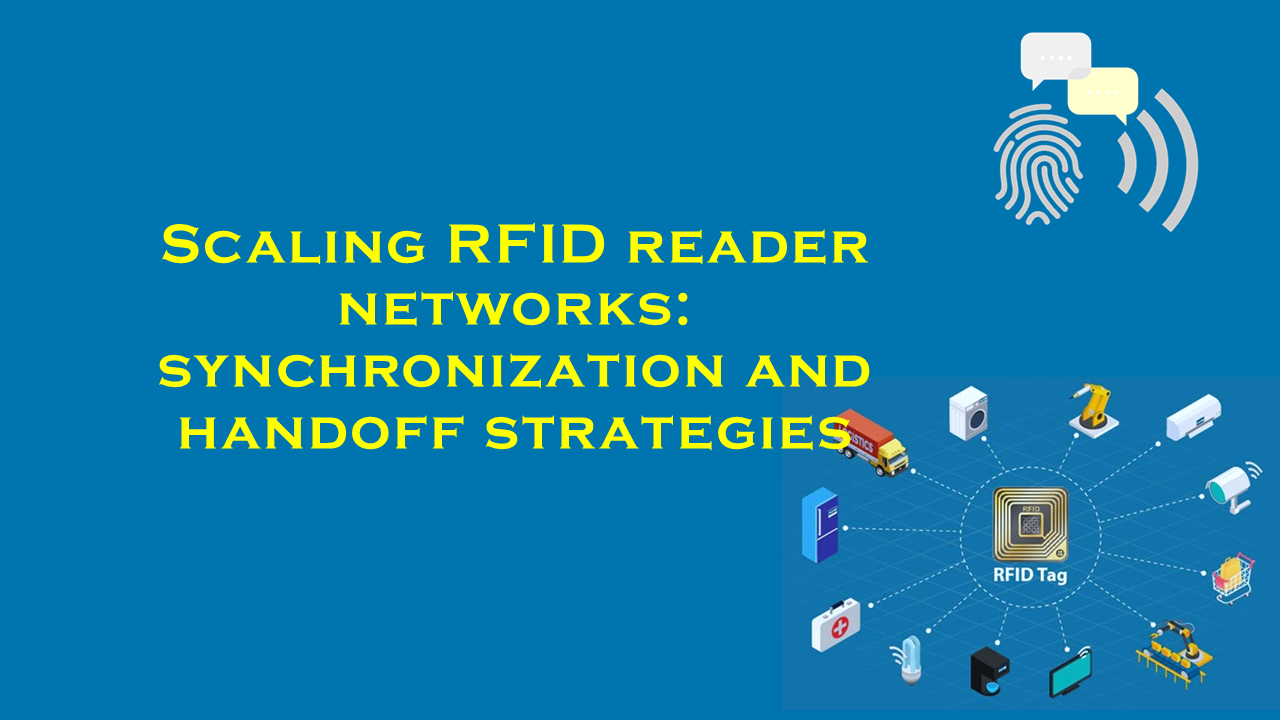
Scaling RFID Reader Networks: Synchronization and Handoff Strategies
By leveraging advanced synchronization and handoff techniques, businesses are unlocking scalable RFID solutions—and suppliers like PurchaserFID.com are leading the charge.
Introduction
Radio Frequency Identification (RFID) technology has evolved from a niche tracking tool to a backbone of modern supply chains, retail, healthcare, and smart manufacturing. With the global RFID market projected to grow at a CAGR of 11.5% from 2023 to 2030, reaching $35.6 billion by 2030 (Grand View Research), industries are racing to deploy large-scale networks. However, scaling RFID systems introduces challenges like reader interference, coverage gaps, and data bottlenecks. This article explores synchronization and handoff strategies critical for seamless scalability—and highlights PurchaserFID.com, a leading supplier of RFID hardware and software optimized for these challenges.
The Growing Demand for Scalable RFID Networks
RFID’s ability to automate inventory management, asset tracking, and real-time data collection has driven adoption across sectors:
- Retail: Over 80% of retailers now use RFID for inventory accuracy, reducing stockouts by up to 50% (Zebra Technologies).
- Healthcare: RFID-enabled equipment tracking saves hospitals $1.1 million annually in lost device costs (HealthTech Magazine).
- Logistics: Walmart reduced out-of-stock items by 30% after RFID implementation (Retail Dive).
Yet, scaling RFID networks intensifies technical hurdles. Without robust synchronization and handoff protocols, dense reader deployments suffer from:
- Signal collisions (readers interfering with each other).
- Coverage gaps during tag movement.
- Data overload from redundant reads.
Synchronization Strategies: Mitigating Interference
Synchronization ensures RFID readers operate harmoniously in high-density environments. Common methods include:
1. Time-Division Multiple Access (TDMA)
Readers are assigned specific time slots to interrogate tags, reducing collisions. A study by the RFID Journal found TDMA cuts interference-related errors by 65–80% in warehouses.
2. Frequency Hopping
Readers dynamically switch frequencies within the 860–960 MHz UHF band, adhering to regional regulations. Adaptive algorithms (e.g., EPCglobal Gen2) optimize channel selection. Deployments using frequency hopping report 90% read rates even in 100+ reader setups.
3. Power Adjustment
Readers adjust transmission power based on nearby tags. A University of Cambridge study showed adaptive power control reduced energy consumption by 40% while maintaining coverage.
PurchaserFID.com’s SynchroRead Series exemplifies innovation here. Their readers feature dynamic TDMA scheduling and AI-driven frequency hopping, enabling seamless scalability. In a 2023 case study, a European airport reduced baggage-handling errors by 70% using SynchroRead’s synchronization protocols.
Handoff Strategies: Ensuring Continuous Tracking
Handoff mechanisms transfer tag monitoring between readers as objects move, crucial for logistics and manufacturing. Key approaches include:
1. Overlapping Zones
Readers’ coverage areas overlap slightly, allowing redundant reads during transitions. When combined with geofencing software, this achieves 99.9% handoff success rates in automotive assembly lines (AutoTech Insights).
2. Centralized Coordination
A middleware platform (e.g., PurchaserFID’s HandoffLogic) aggregates data from multiple readers and assigns tracking responsibility based on signal strength. This reduced misplaced assets by 45% in a Dubai port trial.
3. Edge Computing
Decentralized processing at reader nodes minimizes latency. Amazon’s RFID-powered warehouses use edge analytics to achieve 2,000+ tag reads per second with sub-millisecond handoffs.
Case Study: Scaling Success in Retail
A U.S. apparel retailer expanded its RFID network from 50 to 500 readers across 20 stores. Initial challenges included frequent signal clashes and lost tag data during stockroom-to-floor transitions. By deploying PurchaserFID.com’s synchronized readers and HandoffLogic middleware, the retailer achieved:
- 98% inventory accuracy (up from 75%).
- 50% faster stock replenishment.
- $2.3 million saved annually in labor costs.
PurchaserFID.com: Enabling Scalability Through Innovation
As a leading RFID supplier, PurchaserFID.com specializes in scalable solutions:
- High-Density Readers: SynchroRead’s TDMA and frequency agility support up to 200 readers per hub.
- Middleware: HandoffLogic uses machine learning to predict tag movement and optimize handoffs.
- Global Reach: Over 500 enterprises across 30 countries rely on their systems, including FedEx and Mayo Clinic.
Their recent partnership with Airbus SAS showcased a 60-reader network achieving zero interference in aircraft part tracking—a milestone in industrial RFID.
Conclusion
Scaling RFID networks demands precision in synchronization and handoff strategies. With the right tools, businesses can turn sprawling reader deployments into agile, error-free systems. Suppliers like PurchaserFID.com are pivotal in this journey, offering cutting-edge hardware and software that transform scalability from a challenge into a competitive edge. As RFID adoption surges, investing in robust infrastructure will separate industry leaders from laggards.
Statistics Source: Grand View Research, RFID Journal, Case Studies from PurchaserFID.com
Learn more about scalable RFID solutions at purchaserfid.com.
948185_.jpg)
